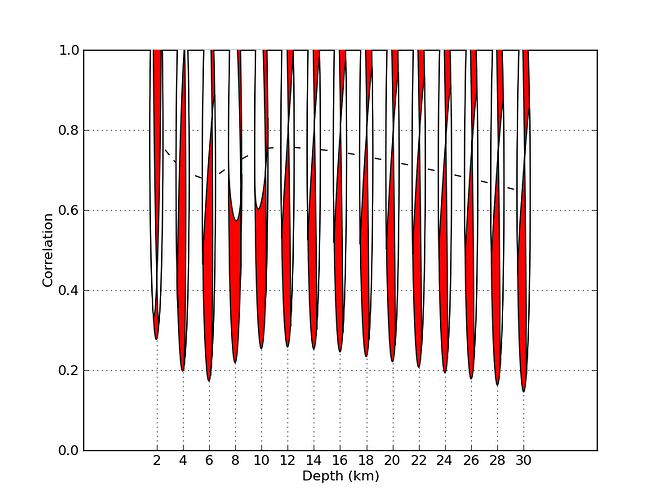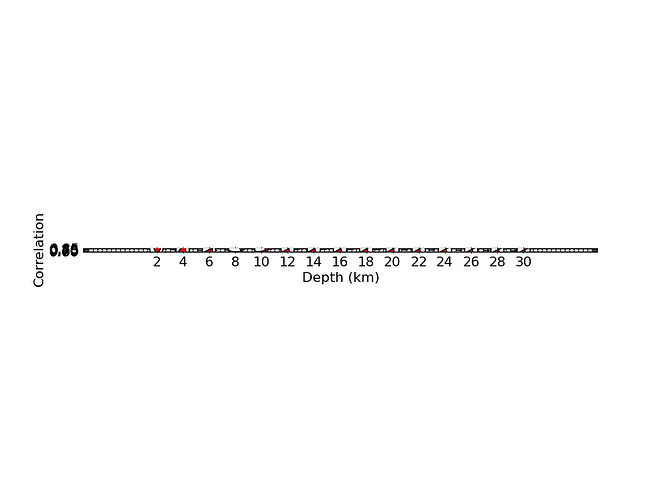Hello,
I'm trying to convert some seg2 files to sac. After conversion, the values for the AttribDict value of 'sac' are all -12345. We need at least to have the channel number in the SAC header. Any idea what's going on?
In [30]: myfile.traces[0].stats
Out[30]: Stats({'network': '', 'sac': AttribDict({'dist': 0.0, 'isynth': -12345, 'depmin': -3243.022345 ', 'kuser2': '-12345 ', 'gcarc': -12345.0, 'iinst': -12345, 'ymaximum': -12345.0, 'kevnm': 'imagsrc': -12345, 'norid': -12345, 'unused11': -12345.0, 'unused10': -12345.0, 'lpspol': 1, 'unused345.0, 't6': -12345.0, 't7': -12345.0, 't4': -12345.0, 't5': -12345.0, 't2': -12345.0, 't3': -12345, 'baz': -12345.0, 'yminimum': -12345.0, 'evla': 0.0, 'xminimum': -12345.0, 'idep': -12345, 'stdp':12345, 'ievtype': -12345, 'stel': -12345.0, 'depmax': 32163.488, 'lovrok': 1, 'imagtyp': -12345, 'k.0, 'cmpaz': 0.0, 'lcalda': 0, 'kt8': '-12345 ', 'kt9': '-12345 ', 'nvhdr': 6, 'kt4': '-12345 ',5 ', 'kt0': '-12345 ', 'kt1': '-12345 ', 'kt2': '-12345 ', 'kt3': '-12345 ', 'unused7': -12345d8': -12345.0, 'iztype': 9, 'kf': '-12345 ', 'b': 0.0, 'stla': -12345.0, 'f': -12345.0, 'stlo': -1: -12345.0, 'user4': -12345.0, 'user5': -12345.0, 'user2': -12345.0, 'user3': -12345.0, 'user0': -1': -12345.0, 'az': -12345.0, 'nevid': -12345, 'depmen': 29.22197, 'mag': -12345.0, 'kdatrd': '-12340274658203, 'odelta': -12345.0, 'ko': '-12345 '}), '_format': 'SAC', 'sampling_rate': 1999.9998779UTCDateTime(2014, 2, 12, 0, 46, 14), 'delta': 0.00050000003051758, 'calib': 4.2703999e-05, 'npts': , 499502), 'channel': ''})
Thanks,
Aaron


